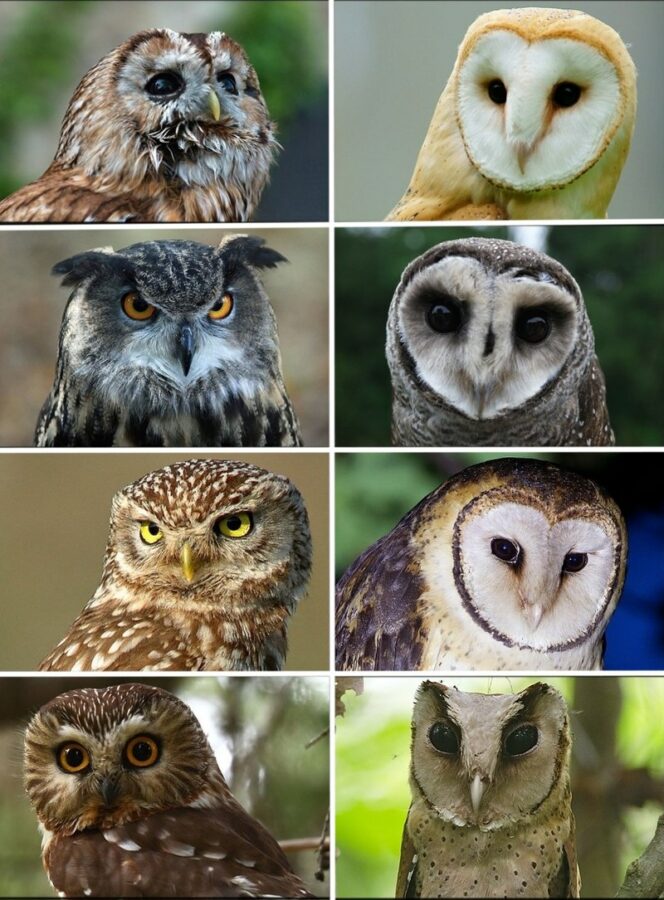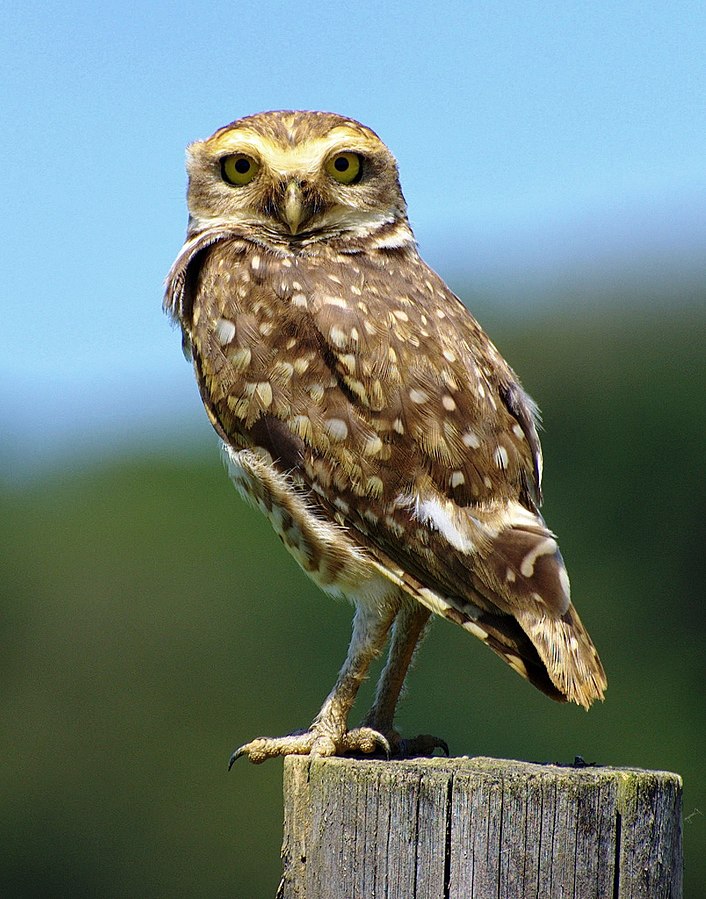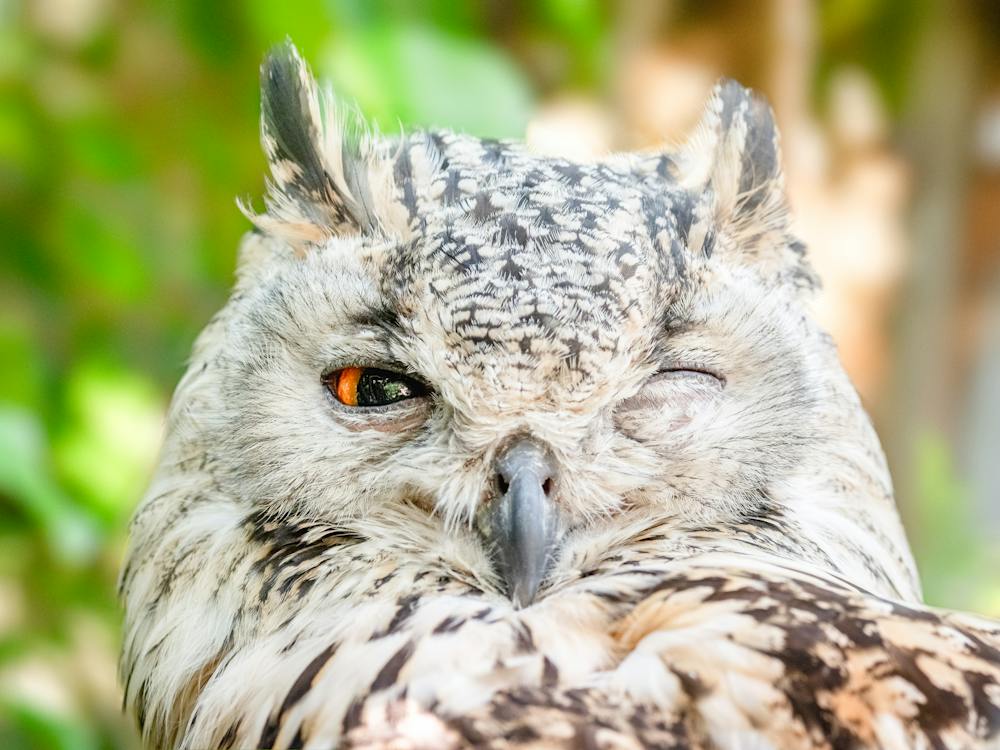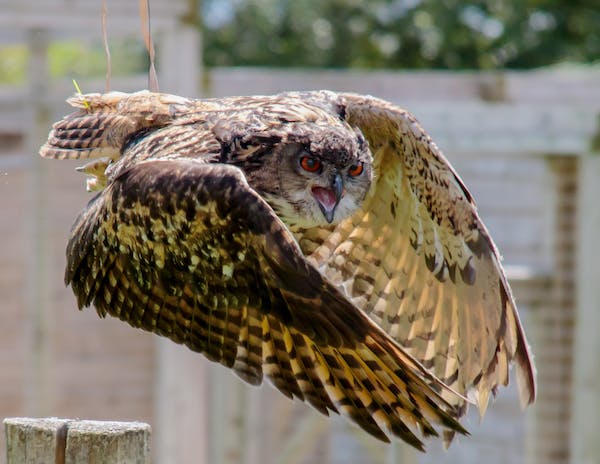The world of owls is truly fascinating, filled with nearly 225 distinct participants. These majestic creatures span two significant families – the Strigidae, also fondly known as “typical owls”, and the Tytonidae, also referred to as “barn owls.” These creatures grace every corner of our planet, from the tropics to the subarctic regions, even making their homes on far-off oceanic islands.
A Diversity of Sizes in Owl Species

The diversity within owl species is mesmerizing, spanning from petite to imposing. From the small Elf Owl, that measures a mere 5.3 inches and thrives in western Mexico and the southwestern United States, to the commanding Grey Owl that can grow up to 30 inches long with a wingspread touching about 60 inches – the variations are truly astounding.
Unusual Hunting Skills and Characteristics

All owl species possess some standout features – a round face, large, captivating eyes, and a short hooked beak. While some prefer the day, the majority are nocturnal hunters with an appreciation for mice, birds, small mammals, and even aquatic creatures.
What sets an owl apart during a hunt is the nearly silent flight, thanks to the color and design of its wings. These quiet predators are hardly heard by their prey, giving them an upper hand in all their hunting endeavors. They are as effective hunters in pitch black conditions, utilizing their acute hearing skills to find prey.
Mastering the Art of Vision

Owl species are renowned for their notable binocular vision and the unique ability to turn their heads 135 degrees in either direction. These spectacular birds, having eyes fixed in their sockets, can’t move their eyes around like humans. However, the ability to rotate their heads gives owls a comprehensive 270-degree field without moving their bodies.
A Few Noteworthy Owl Species
An exploration of owl species would be incomplete without mentioning these fascinating varieties:
- Pygmy Owls – Slightly larger than the Elf Owl, measuring up to 6 inches in length.
- Eagle Owl – A significant species reaching lengths of about 27 inches.
- Blakiston’s Fish Owl – A large species, sometimes reaching up to 28 inches in length with an approximately 6.6 feet wingspan.
Diverse Families of Owl Species

Alive or extinct, all owl species belong to distinctive families or clusters, including:
- Aegolius – Home to the four species of saw-whet owls.
- Asio – Eared owls that encapsulate up to seven species.
- Gymnoglaux – Family members include the Cuban Screech Owl and Bare Legged Owl.
- Mimizuku – Hosting the Mindanao Eagle Owl and Giant Scops Owl.
- Ninox – This Australasian family includes 20 distinct owl species.
- Ptilopsis – Only two species of the white-faced owls find this their home.
- Ornimegalonyx – Encompassing the Caribbean giant owl and one to two species, both contemporary and prehistoric.